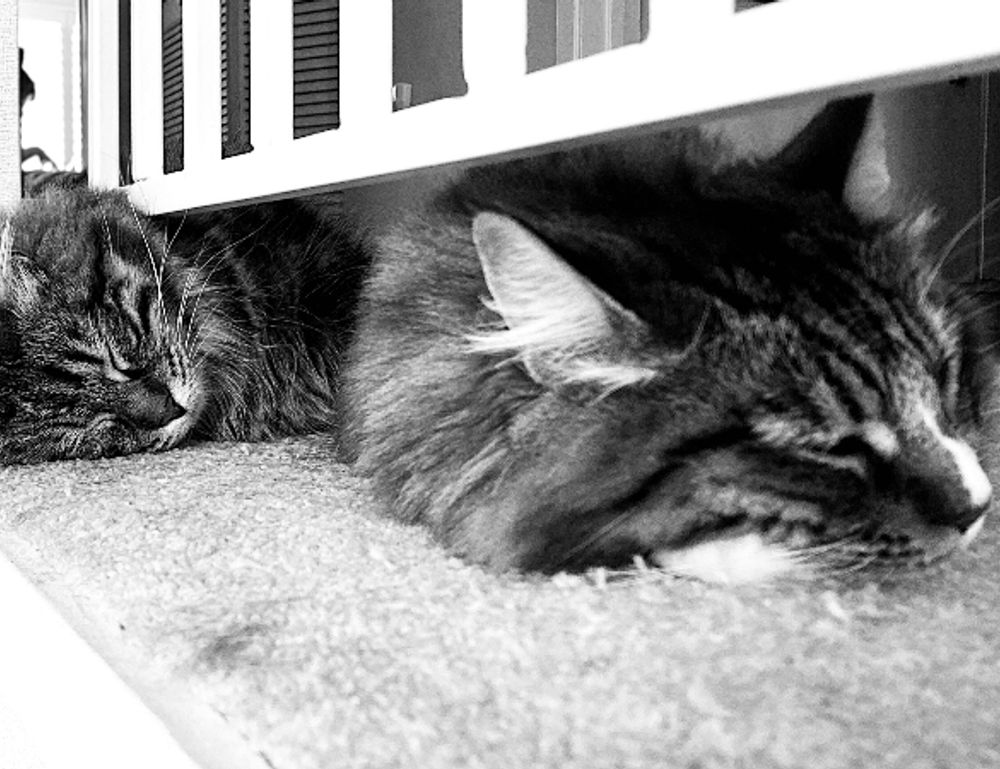4104548862: What’s the Real Story?
First things first—where’s this number coming from? The area code 410 belongs to Maryland. But just because it’s “local” doesn’t mean it’s legit. Many scam methods spoof numbers, making calls appear trustworthy when they’re anything but. 4104548862 has shown patterns consistent with spam activity, particularly robocalls or aggressive sales tactics.
That said, not every call is a scam. Some users report getting silent calls. Others note scripted voices pushing warranty services, debt relief, or energy savings. It’s a mixed bag, but the common thread is this: the calls are unexpected and often unwanted.
How Telemarketers and Scammers Use Numbers Like This
Spoofing lets fraudsters manipulate caller ID to display a familiarlooking number. The goal? Boost the chances you’ll answer. Numbers like 4104548862 are often chosen because they seem trustworthy to local residents. This isn’t new—it’s just more sophisticated now.
Call centers buy lists of verified active numbers, and once your number is flagged as one that picks up or responds, it gets passed around. That’s why once these calls start, they snowball.
Sometimes, the caller doesn’t want to sell you something immediately. They’re testing your number. Did you answer? Did you press any buttons? Now they know it’s a real person on the other end.
How People Are Reacting
Online forums and consumer protection websites get daily reports about this number. Some users joke it’s haunting their phones, others get defensive about how often it’s called them over the past month.
Here’s a typical complaint:
“Called me twice today. No message left. When I called back, it was just dead air.”
Another:
“It’s always around lunchtime. If I answer, they hang up. What’s the point?”
There’s no official confirmation about the source. But one thing’s clear—people aren’t happy.
Your Device Is the First Line of Defense
You can do several things on your own to stop calls like this. Here’s how:
Block the number manually. Most cell phones let you do this in call history. Use builtin spam filters. Android and iOS have settings under “Phone” or “Call Blocking” to auto silence suspected spam. Download thirdparty apps. Truecaller, Hiya, and Robokiller maintain updated blacklists that can stop numbers like 4104548862 before they connect.
Ultimately, no tool catches everything. But these options will reduce the frequency of intrusive calls, especially from repeat offenders.
Report the Call—Even If Nothing Happened
No one loves filing reports, but it’s worth your time. Agencies like the FTC and FCC track consumer complaints to find patterns and take legal action when possible. A huge number of reports tied to 4104548862 could be the nudge they need to start an investigation.
To report: Go to donotcall.gov Click “Report Unwanted Calls” Fill in the quick form with date, time, and what happened
This doesn’t block the number instantly, but it contributes to the wider effort of cracking down on spam.
When to Worry—and When Not To
If you answered and didn’t provide personal details, you’re probably fine. Just don’t interact with the call—don’t press buttons to “opt out” or talk to a rep. That only confirms your number’s active.
But if you gave out any personal info—address, banking details, social security number—it’s time to take action. Freeze your credit. Watch your bank accounts. Run antivirus software if you clicked links.
Remember: silence is golden. Better to ignore it than deal with a data breach.
The Bigger Trend Behind Numbers Like 4104548862
Scam and spam calls aren’t decreasing—they’re just evolving. In 2022 alone, U.S. consumers received over 50 billion robocalls. These calls cost people time, money, and trust.
It’s not just about one number like 4104548862, but about a system getting smarter at annoying, manipulating, even trapping people. As technology advances, so must consumer awareness.
Robocallers test different angles: urgency, fake authority, emotional hooks. Even AIgenerated voices now simulate real conversations to earn trust. Fighting this requires a blend of personal caution and smart tech use.
Final Takeaways
Don’t get emotional about a number like 4104548862. Treat it for what it is—a potential threat until proven otherwise. Block it, report it, and move on.
Keep your device, habits, and common sense sharp. If in doubt, just don’t pick up. Not answering is still one of the most effective ways to protect yourself.
Stay aware, stay calm, and remember: if someone really needs you, they’ll leave a message.





